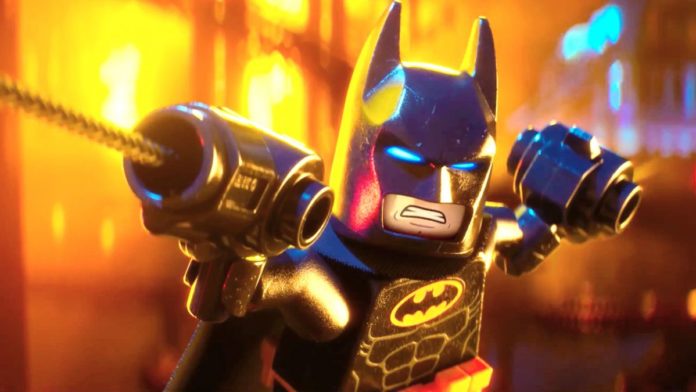Check out These Five Lessons the DECU Can Learn from The Lego Batman Movie and Wonder Woman!
Candles violently quiver as a supernatural tempest fills the room. Individuals cloaked in red and blue-hued robes recite ancient incantations around a blood soaked altar. Warner Brothers and DC Cultists cheer as the crimson liquid flows like a stream down the sides of the altar into a familiar pattern on the floor.
With each passing moment, the symbol formed by the letters “D” and “C” inscribed within a circle becomes more vibrant. Upon completion of the ritual, the symbol’s full power extinguishes all sources of light within the vicinity, bathing every member in an eerie, crimson glow.
This year’s sacrificial offerings of The Lego Batman Movie and Wonder Woman to the Internet deities are true successes. Having appeased the insatiable appetites of these cyber beings, the leaders of DC Comics and Warner Brothers can truly focus on the next scheduled sacrifice in November. With The Lego Batman Movie experiencing a great deal of critical success and Wonder Woman breathing new life into the flat-lining DC Extended Universe, purveyors of pop-culture can finally be satisfied.
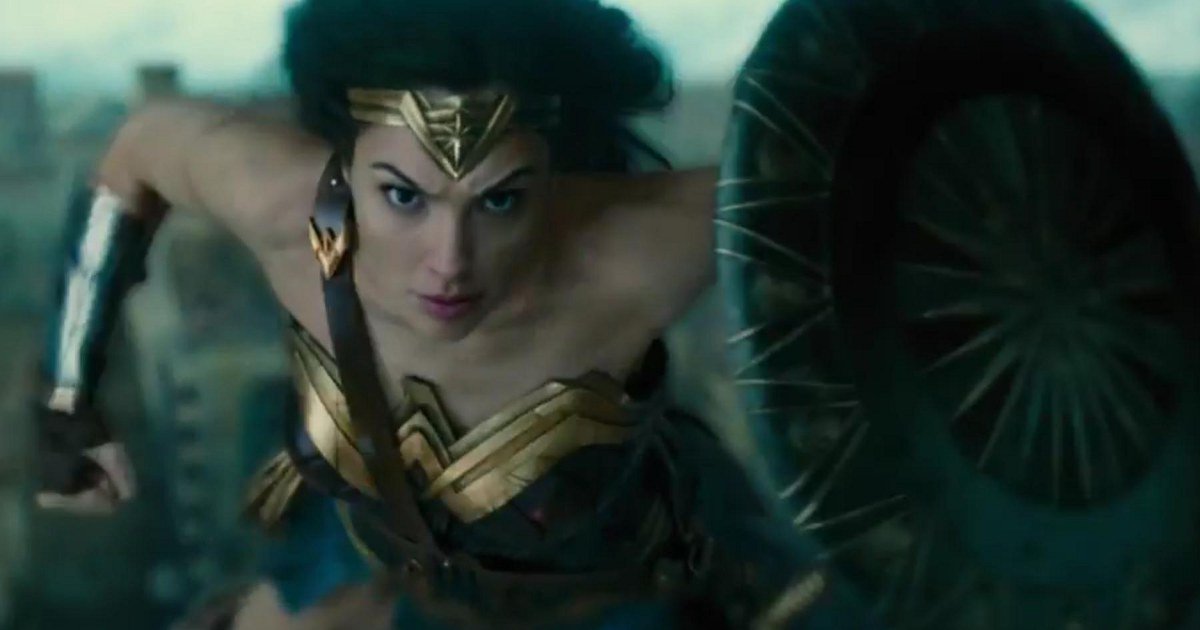 However, when given enough time between feedings, the Internet deities will once again begin to voraciously circle the recently revived remains of the DC Extended Universe. Consumers are rarely satisfied for long and tend to do their best impersonation of the mouse from the child’s tale, “If you give a Mouse a Cookie.”
However, when given enough time between feedings, the Internet deities will once again begin to voraciously circle the recently revived remains of the DC Extended Universe. Consumers are rarely satisfied for long and tend to do their best impersonation of the mouse from the child’s tale, “If you give a Mouse a Cookie.”
If you give a consumer a critically adored movie starring a lead superheroine, then they will want a franchise. When you give a consumer a franchise, then they will want a shared universe with connected Easter Eggs. When a consumer views the shared universe, then they will want an ensemble film to tie it all together.
However, each new morsel of information regarding directorial changes, script revisions and overhauls, production delays and trailer releases will send them into an overly analytical feeding frenzy that results in the death of the brand. No one possesses the desire to devour the proverbial chocolate chip cookie when he or she believes it is actually filled with juicy rat turds.
It is the comic book consumers’ ultimate desire for each of these films to be critical successes. Unfortunately, it is difficult to not become completely consumed by negative press surrounding each of these films. As a result, each new announcement is magnified to the point where it spells certain doom for the franchise.
However, it is important to note that for every Batman v. Superman: Dawn of Justice that deconstructs symbols of hope and ravages relationships, there is the unifying voice of The Lego Batman Movie and Wonder Woman to inspire hope and reassure the consumer that love conquers all.
As of this writing, Batman v. Superman: Dawn of Justice, The Lego Batman Movie, and Wonder Woman sit at 27% , 90% and 92% “fresh” on Rotten Tomatoes respectively. Moving forward with the DC Extended Universe, it is important to examine why recent films have been critically successful while the others are generally panned. Here are five lessons the DCEU can learn from The Lego Batman Movie and Wonder Woman.
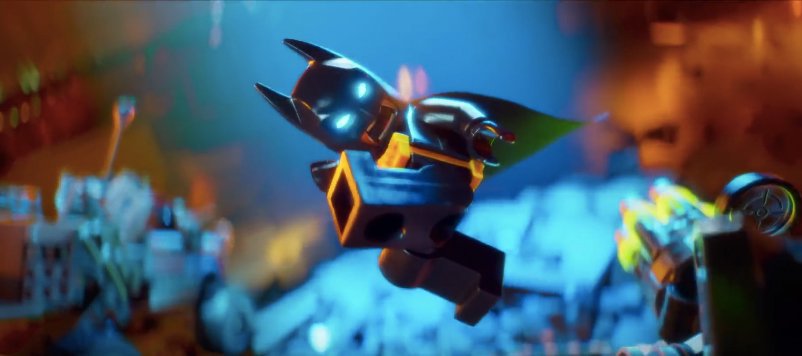
5) Play to the Strengths of the Genre and the Characters
One of the greatest aspects of DC’s pantheon of heroes is character versatility. Batman will serve as an exemplar for this statement. For every iteration of the character — akin to Batman v. Superman — that is shrouded in darkness and bathed in tragedy, there is also a light-hearted interpretation, similar to The Lego Batman Movie, in which The Caped Crusader hits the bad guys so hard that “words describing their impact spontaneously materialize out of thin air.”
Although many individuals may claim that certain variations of the character are “not their Batman,” everyone is entitled to their personal favorite. However, every successful interpretation of the character always plays to the strengths of the genre and the character.
One of the greatest strengths of the superhero film genre is the exploration of duality in the form of “light” overcoming “dark.” Our heroes serve as an avatar of the “light,” and we champion their cause throughout the course of each movie.
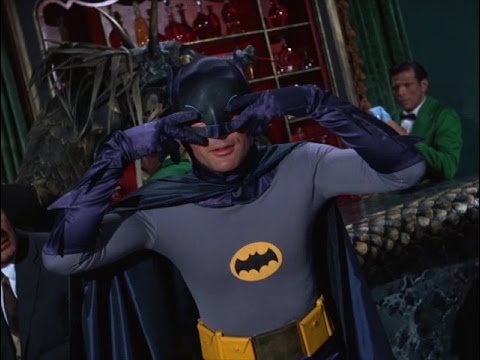
Following the brutal, and this author’s personal favorite, interpretation of The Dark Knight in Batman v. Superman and Suicide Squad, Warner Brothers chose to follow up with a satirical take on the character with The Lego Batman Movie. Both films present viable and entertaining interpretations of the same character. One film approaches The Batman with a sense of realism as the other embraces the more fantastical elements of the character.
Each film chooses to focus on a singular characteristic of The Dark Knight: his mistrust of others to handle the “job.” In Batman v. Superman, The Caped Crusader’s mistrust of Superman repulsively “batusis” across the proverbial line regarding xenophobia, reflecting modern day issues in our country. Unfortunately, the Man of Steel’s inner light, and guiding moral compass was not present to instill hope against the crescendo of a devastatingly dour message.
As with their alter-egos, the superhero film genre necessitates the presences of the duality in the form of “light” and “darkness.” The “darkness” escalates the stakes to create dramatic tension for the audience and the “light” instills a message of hope of perseverance. In essence, this lack of duality does not play to the genre’s strengths and is one of the reasons why Batman v. Superman is not as well regarded as other films. An overall sense of darkness permeates the narrative without providing the necessary counterbalance.
In The Lego Batman Movie, Batman’s hubris and mistrust of other characters are the instruments of his own demise. However, this film succeeds because it plays to the strengths of the superhero and cartoon genres. Understanding that this movie is first a kid’s film, The Lego Batman Movie provides layered humor that resonates with all audiences and drives home a meaningful message about trusting others instead of relying solely on one’s self.
Utilizing the honed blade of satire, Chris McKay was able to make 78 years of character development enjoyable for the entire family without doing a disservice to the character.
Wonder Woman can serve as another exemplar in regards to playing to the strength of the genre. When juxtaposed against the backdrop of “the war to end all wars,” Wonder Woman is used to represent a symbol of light and hope for repairing the darkness of a war-torn world.
Although the Amazonian Princess is bred for war and thrusts herself deep into the heart of battle, she never becomes engulfed by the growing darkness. She proclaims, “It’s about what you believe, and I believe in love. Only love will truly save the world.” Wonder Woman’s message and behavior serve as a necessary narrative counterbalance against the darkness that invests the audience in the hero.

4) Romantic Drama Is Not Necessary
Since the dawn of the Golden Age of Superheroes, there is one inescapable death trap with bonds that no hero can snap: Romantic Relationships. The list of significant others is seemingly endless:
Lois Lane and Superman, Batman and Vicki Vale, Iron Man and Pepper Potts, Batman and Catwoman, Spider-Man and Mary Jane, Batman and Talia al Ghul, Wonder Woman and Steve Trevor, Batman and Julie Madison, The Flash and Iris West, Batman and Silver S. Cloud, Batman and Jezebel Jet, Batman and …Robin? Billionaire playboy Bruce Wayne is extremely greedy.
Although the final entry of that list was first championed by the psychiatrist Fredric Wertham in 1954, and is widely considered unpopular opinion, Batman would ultimately argue that, “Batman doesn’t do ‘ships… as in ‘relationships.’”
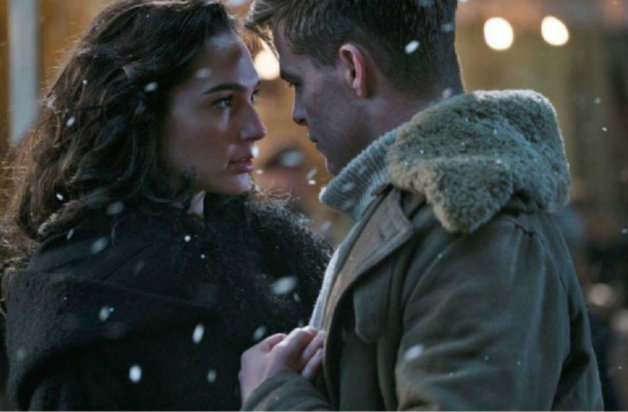
Every significant other serves the purpose of “grounding” their respective heroes through providing an ethical and emotional sounding board. Additionally, these characters can be used to drive the narrative and aide in character growth over time.
As with the case of Talia al Ghul and Jezebel Jet, the sudden and inevitable betrayal of these characters can also serve as a narrative twist to further complicate issues for the hero. When properly executed, such as in Wonder Woman, a character like Steve Trevor can drive the hero to reach their full potential. The romance between these two characters enhances the plot without smothering it.
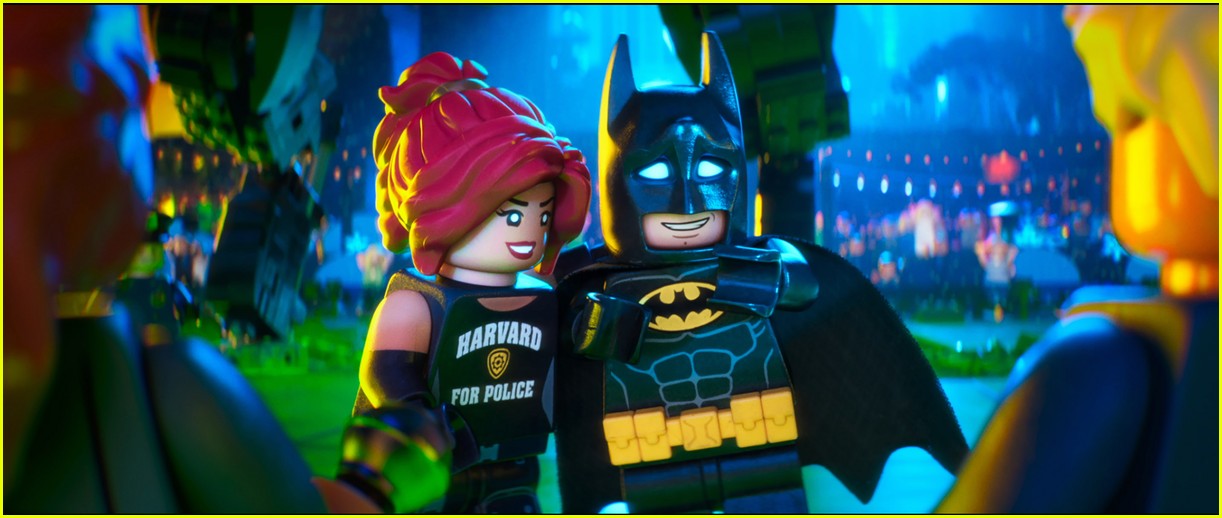
However, in some films, romantic drama is shoehorned into the narrative for the sake of appealing to a wider audience. One of the largest missteps of the much maligned film adaptation of The Killing Joke was the introduction of romance and intimacy between Bruce Wayne and Barbara Gordon.
The Lego Batman Movie remedies this mistake through providing a more sarcastic and competitive relationship between the vigilantes. As a result, all of the unnecessary romance between the two characters was skipped so that the competitive nature of their relationship could be exploited for the comedic purposes. This ensures a much more enjoyable package as the audience does not have to endure any disturbing sidekick romantic entanglements. As a result, this film is more fun for every member of the family.
“There is no us. Batman and Joker are not ‘a thing.’ I don’t need you. I don’t need anyone. You mean nothing to me. No one does.” – Batman, The Lego Batman Movie
However, this is not to say that relationship drama is not necessary for the success of a superhero film. One of the foundational elements for The Lego Batman Movie is the satirical exploration of the relationship between Batman and the Joker. Their complicated relationship drives much of the plot as Batman seeks to stop his nemesis and The Clown Prince just wants recognition from his significant other.
At the film’s resolution, the Joker helps Batman achieve character growth as The Dark Knight concedes his reliance on The Clown Prince. “You’re the reason that I get up at 4:00 in the afternoon and pump iron until my chest is positively sick. You’re the reason I’ve given up a life spent with Russian ballerinas and lady active-wear models. And if it wasn’t for you, I never would have learned how connected I am with all these people, and you. So if you help me save Gotham, you’ll help me save us.”

3) Beautiful Action Sequences Enhance the Plot without Suffocating It
Action set-pieces are a hallmark of the superhero film genre. A superhero film without a battle sequence would be like chocolate without peanut butter; completely unsatisfying. However, as production companies pump out sequels with machine-like efficiency, films collapse under the necessity of crafting more pleasurable destruction porn for audience instant-gratification. As a result, less time is spent developing a well-crafted plot for the sake of consumer “oh-face.”
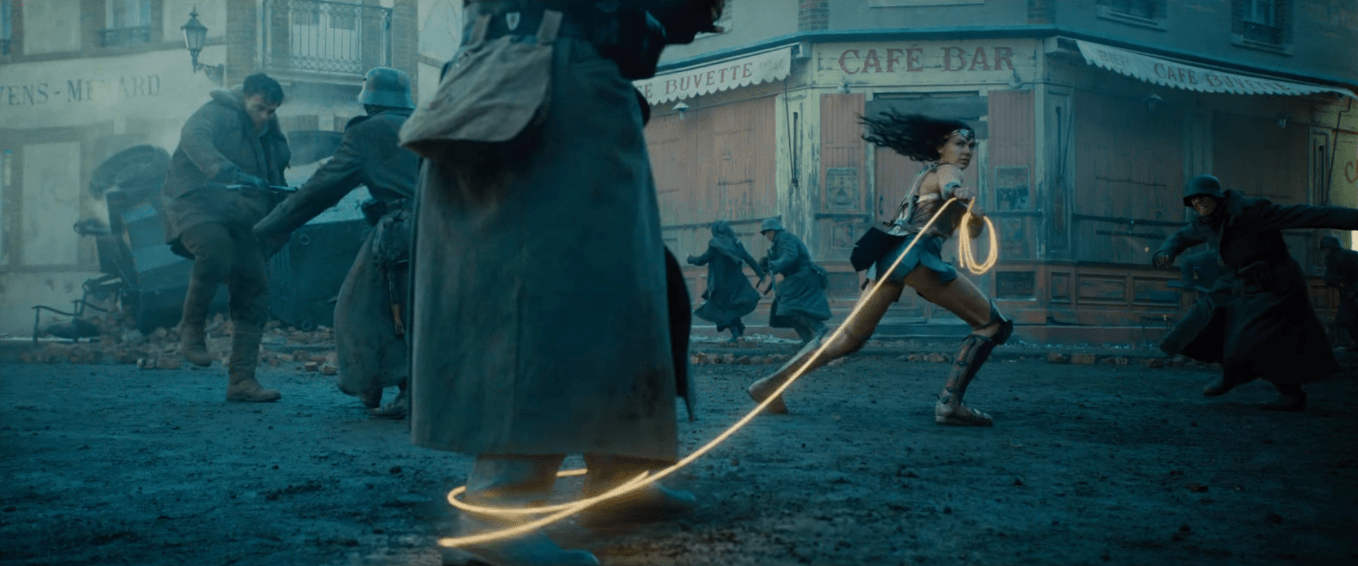
The Lego Batman Movie and Wonder Woman are perfect examples of how to handle action sequences within superhero films. Both films are beautifully constructed with grand scale destruction at the climax of their narratives. Set to Batman singing his own theme song, The Lego Batman Movie uses the opening action sequence to set a satirical tone for the entire film. Action sequences are then peppered throughout the rest of the narrative as the film reaches its climax.
Wonder Woman takes a similar approach with the introduction of Diana and the Amazonian Warriors on Themyscira. However, Patty Jenkins chooses to delay the introduction of Diana as Wonder Woman until much later in the film. This narrative choice adds gravitas to the character’s choice as she enters no-man’s-land to save the innocent. Following a near maddening wait, watching Wonder Woman whip soldier-butt with the Lasso of Truth was one of the most gratifying action sequences that left all viewers satisfied.
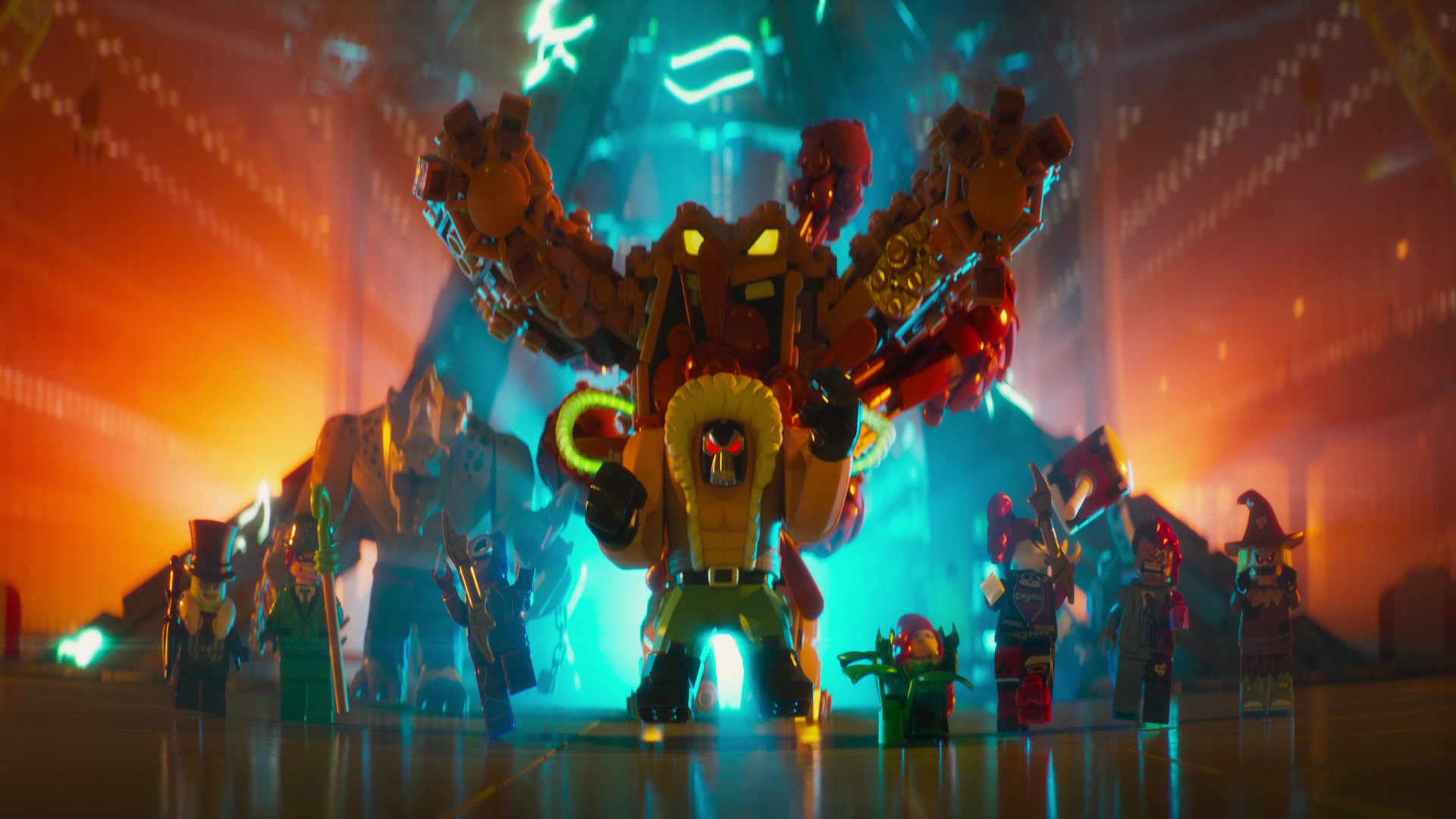
2) A “Unique Plot” Is Necessary…
Every great story has already been told. After several decades on the big screen, superhero films have explored a variety of villains and plots for the audience. However, over the course of their lifetime many of the films have seen repetitive utilization of villains and certain storylines. When one considers it, how many times has the audience witnessed the deaths of Thomas and Martha Wayne and Uncle Ben?
Certainly, these are defining moments for their respective characters, but the audience does not need to be constantly reminded about these origins as if they suffer from traumatic memory loss. For characters whose origins are ingrained as a part of our pop-culture, audiences don’t need to be reminded of these events unless it truly supports the narrative.
“Sometimes losing people is a part of life, but it doesn’t mean you stop letting them in.” – Batman, The Lego Batman Movie
The Lego Batman Movie succeeds in its inclusion of the origin in the film’s narrative. Although the film certainly falls into the trap of reminding the audience of Batman’s origin story, it does so in order to establish a theme and further the plot. This defining moment for the character is central to the overall narrative and allows Batman’s personality to naturally evolve over the course of the film. This is a fresh take on concepts previously explored in other films.

Additionally, it is time to let every rogues’ gallery shine on film without resorting to the use of the same villain. Although no one may define “complicated relationship” in the same way as Batman and Joker, there are a plethora of compelling villains to utilize on film. One day, audiences deserve to witness a live-action version of Condiment King! Pffffbbbt.
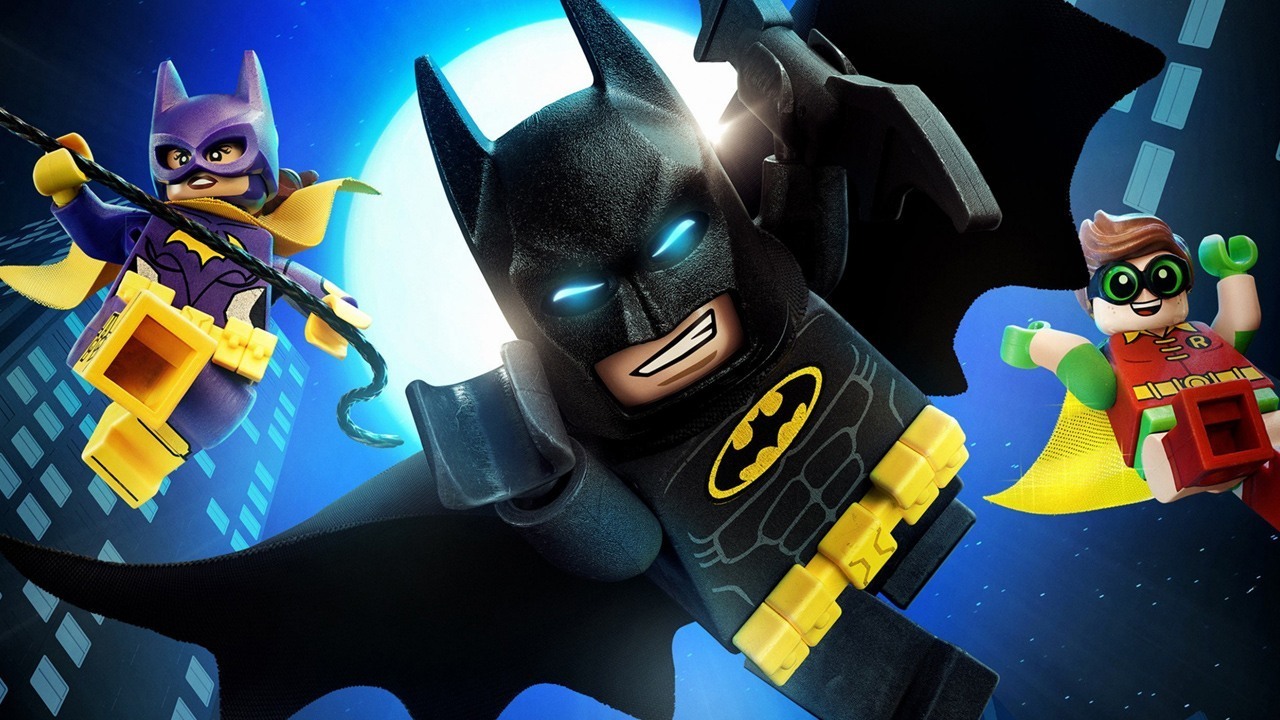
1) …But Psychoanalysis with Powerful Themes Make Films Meaningful and Memorable for All Family Members.
Viewers could watch Batman use his hammers of justice to flatten the Joker into a pancake for the rest of eternity without experiencing exhaustion. There are a plethora of forgettable comic book issues dedicated to this very act. The inclusion of powerful themes that resonate with audiences are what enables a story to endure the test of time.
One of the best parts of Batman v. Superman was the inclusion of issues plaguing the real world, such as xenophobia, within the narrative. This enables the filmmaker to ground the narrative in reality and make meaningful connections with the audience. Unfortunately, these issues need to be tethered to the audience members’ hearts as well as their minds.
This is accomplished with the inclusion of powerful themes that inspire hope and light the fire of change. Without these themes, the narrative notes that the film is trying to hit ultimately fall flat.
The Lego Batman Movie and Wonder Woman include crucial themes revolving around family and love. Although stated simply within the film, “It takes a village, not a Batman,” encourages viewers to not fall into a trap of self-reliance when we need help. It reminds viewers that they are not alone in handling problems and encourages them to welcome the help of those considered family. This theme resonates with every member of the audience because every person either has fallen or will fall prey to this deadly trap.
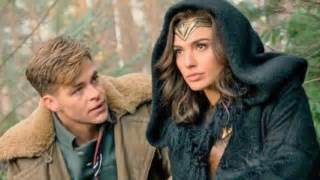
“It’s about what you believe. And I believe in love. Only love will truly save the world.” – Wonder Woman, Wonder Woman
Wonder Woman’s theme regarding the triumph of love over all else resonates with audiences because it is an innate human belief. Regardless of personal agreement with the accuracy of the statement, every human possesses this desire. Additionally, this theme has the benefit of illustrating Diana’s character growth over the course of the film as she transforms from aspiring Amazonian Warrior to symbolic superhero.
Ultimately, the inclusion of these themes will help these two films to withstand the test of time. As filmmakers seek to construct more engaging superhero films, the inclusion of these resonating thematic elements remain necessary for future relevance. As with The Dark Knight Trilogy, these elements encourage analysis that can’t be decoded after one viewing. These themes plead for further dissection and discussion well after the film has left theaters.
So, what do you think about our list of five lessons the DCEU can learn from The Lego Batman Movie and Wonder Woman? Do you think we’re spot on with our analysis or have we missed the mark? Sound off in the comment section below to continue this discussion!

